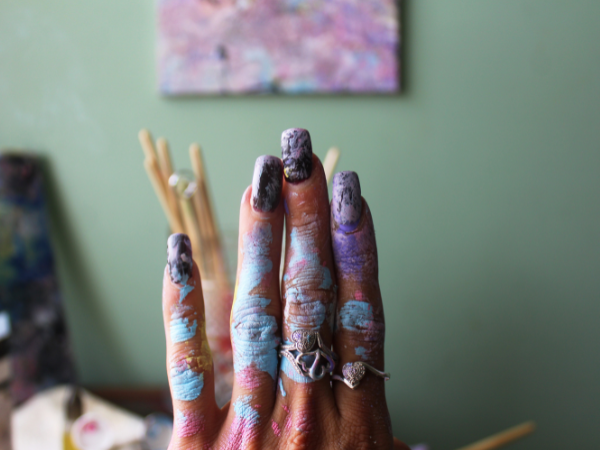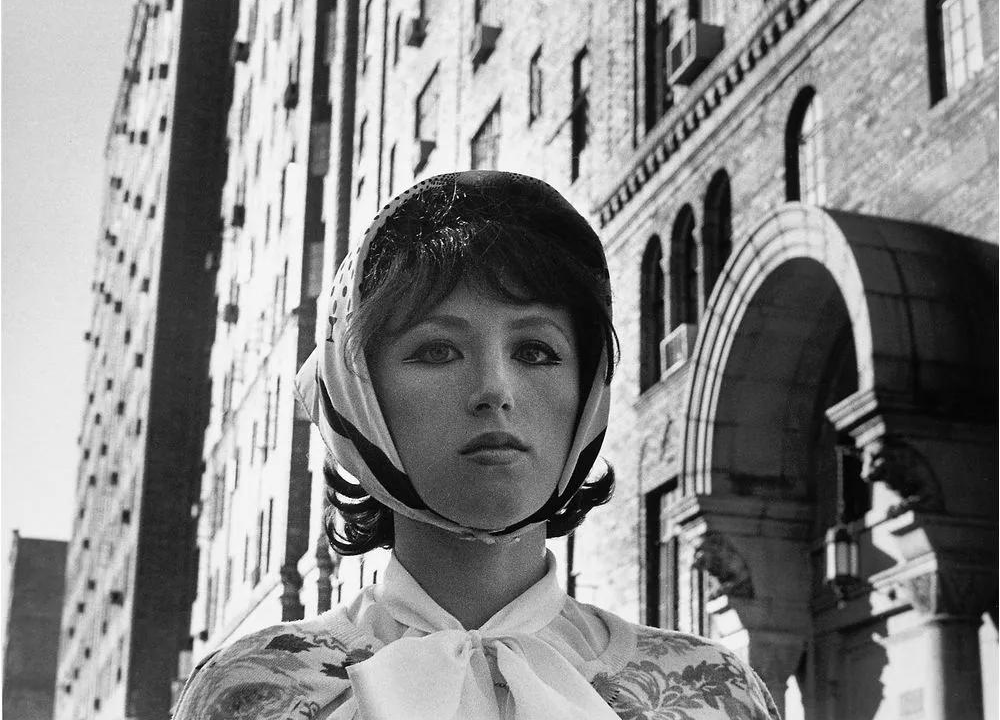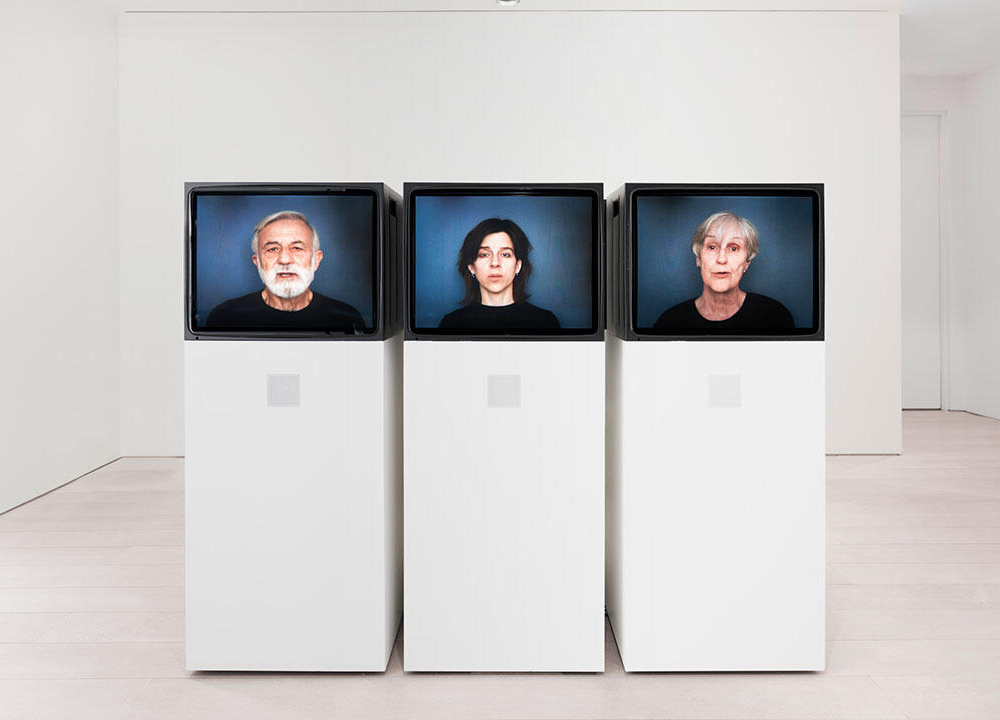You’ll discover simple, practical steps that will sharpen your visual sense. By the end, you’ll feel more confident spotting and achieving the right proportions every time you create.
Basics Of Visual Proportions
Training your eye to see perfect proportions starts with understanding the basics of visual proportions. Visual proportions refer to the relationship between different parts of an object or design. These relationships help create balance and harmony in art, design, and everyday visuals.
Key Proportion Ratios
Certain proportion ratios appear often in nature, art, and design. These ratios create a sense of balance and beauty. One of the most famous is the Golden Ratio, about 1:1.618. It appears in flowers, shells, and famous paintings. Using this ratio helps create pleasing and natural-looking visuals.
Here are some important ratios:
- Golden Ratio (1:1.618) – Used in art, architecture, and photography.
- Rule of Thirds (1:2) – Divides an image into three parts for balanced composition.
- 1:1 Ratio – Equal proportions, common in symmetrical designs.
- 2:3 Ratio – Often used in paper sizes and screen dimensions.
These ratios help your eye measure relationships between parts. For example, in a portrait, the head height compared to the body height often follows a set ratio. Using these guides improves accuracy and appeal.
| Ratio | Approximate Value | Common Use |
|---|---|---|
| Golden Ratio | 1 : 1.618 | Art, nature, architecture |
| Rule of Thirds | 1 : 2 | Photography, design layout |
| 1:1 Ratio | Equal parts | Symmetrical designs |
| 2:3 Ratio | 0.66 : 1 | Paper sizes, screens |
Common Proportional Mistakes
Many people struggle with visual proportions due to common errors. One mistake is ignoring scale. This happens when parts of an object look too big or too small compared to others. It makes images feel awkward or unnatural.
Another mistake is poor measurement. Relying only on guesswork leads to unbalanced results. Using tools like grids or rulers can help avoid this error.
Here are frequent proportional mistakes:
- Overemphasizing one part: Makes the whole image feel off.
- Ignoring perspective: Causes parts to look flat or distorted.
- Uneven spacing: Creates imbalance in design or drawing.
- Wrong ratio usage: Leads to awkward or unnatural shapes.
Fix these mistakes by training your eye to compare sizes carefully. Practice measuring parts against each other. Use simple guides like the golden ratio or rule of thirds. Sketching lightly and adjusting helps correct errors early.
Tools To Aid Proportion Training
They guide your practice and improve your skill over time. Using these tools makes it easier to compare sizes, distances, and angles. This section explains how to use grids, guides, and measurement devices to improve your sense of proportion.
Using Grids And Guides
Grids and guides are simple but powerful tools to help train your eye for proportion. A grid divides your drawing or reference into smaller, equal sections. This helps you focus on one part at a time, making it easier to compare shapes and sizes.
Here are some key benefits of using grids and guides:
- Breaks down complex images into smaller, manageable parts.
- Improves accuracy by aligning objects within grid lines.
- Helps measure distances between points easily.
- Supports consistent scaling when resizing images.
To use a grid, overlay a transparent sheet with grid lines on your subject or photo. Then, draw a matching grid lightly on your paper. Copy what you see in each square carefully.
Guides work similarly but focus on horizontal, vertical, or diagonal lines. They act as reference points to check angles and alignment. You can create guides with rulers, masking tape, or digital tools in drawing apps.
Employing Measurement Devices
Measurement devices provide exact data to check proportions. They help remove guesswork and train your eye to see differences in size and distance.
Common measurement tools include:
- Calipers: Used to measure the distance between two points precisely.
- Proportional dividers: Adjust to transfer measurements at a set ratio.
- Rulers and tape measures: Measure straight lines and lengths easily.
- Compasses: Measure and draw circles or arcs accurately.
Using these devices regularly helps you compare parts of your subject and note differences. They train your brain to judge proportions more accurately over time.
Here is a simple step-by-step method to use a proportional divider:
- Adjust the divider to measure one part of the subject.
- Keep the ratio fixed on the divider.
- Transfer the measurement to your drawing space.
- Compare and adjust your work based on this measurement.
Measurement devices also work well with grids and guides. Combining these tools builds a strong foundation for seeing and drawing perfect proportions.
Practice Techniques
Training your eye to see perfect proportions takes regular practice and smart techniques. Practice techniques help you build a natural sense of balance and scale in your drawings. They train your brain to notice subtle differences in size, shape, and distance. Consistent exercises sharpen your observation skills and make drawing easier and more accurate over time.
Gesture Drawing Exercises
Gesture drawing is a fast and loose way to capture the essence of a subject. It focuses on movement, flow, and basic shapes rather than details. This exercise helps you understand the body’s proportions quickly and naturally.
Try these tips for gesture drawing:
- Set a timer: Limit each drawing to 30 seconds to 2 minutes.
- Draw simple lines: Use quick, fluid strokes to capture the pose.
- Ignore details: Focus on the overall shape and balance.
- Repeat often: Practice daily for better muscle memory.
Gesture drawing builds intuition about how parts relate to each other. It trains your eye to see proportions as a whole, not as separate pieces. Over time, you will notice your drawings become more accurate and lively.
Comparative Measurement Methods
Comparative measurement is a way to check proportions by comparing one part of the subject to another. This method uses your pencil or a ruler to measure and compare sizes. It helps you avoid mistakes and keep your drawing balanced.
Steps to practice comparative measurement:
- Choose a reference point: Pick a part of the subject to measure first.
- Measure with your pencil: Hold your pencil at arm’s length and mark the length with your thumb.
- Compare parts: Check how many “pencil lengths” other parts are.
- Adjust your drawing: Use these comparisons to correct proportions.
This method works well for beginners and experts. It trains your eye to see sizes as relative, not absolute. Use comparative measurement for faces, bodies, and objects.
Analyzing Reference Materials
Training your eye to see perfect proportions starts with careful observation of reference materials. These materials provide real examples of balanced shapes and sizes. They help you understand how parts relate to the whole. Studying good references builds your ability to judge proportions accurately. This step sharpens your visual memory and guides your hand when drawing or designing.
Studying Masterworks
Looking at masterworks from famous artists teaches you a lot about proportions. These artworks show how experts arrange elements in harmony. Notice the size of the head compared to the body, or the spacing between features. Masters use certain rules to keep their work balanced.
Key points to observe in masterworks:
- Symmetry and balance: See how the artist balances shapes on each side.
- Use of grids and guides: Many old masters used grids to keep proportions correct.
- Focus on common ratios: Pay attention to common proportions like the “golden ratio” or “head-to-body” ratios.
Here is a simple table showing common human body proportions seen in many masterworks:
| Body Part | Proportion |
|---|---|
| Head height | 1 unit |
| Height of entire body | 7.5 to 8 heads tall |
| Waist level | 3 to 4 heads down |
| Knee level | 5 heads down |
Studying these proportions in masterworks builds your sense of scale and relationships between parts. Take your time. Compare different artists and styles. This practice strengthens your ability to see and recreate perfect proportions.
Photograph Analysis Tips
Photographs are great tools for learning proportions. They capture real-life details and natural poses. Analyze photos slowly and with focus on the relationships between objects. Look at how big one part is compared to another.
Use these tips to analyze photographs:
- Use a ruler or a pencil: Measure parts by holding a pencil at arm’s length and marking the size of one part. Then compare it to others.
- Divide the image into sections: Mentally split the photo into grids or thirds to check where key features fall.
- Check angles and foreshortening: Note how perspective changes the apparent size of parts closer or farther away.
- Trace outlines: Lightly sketch over printed photos to understand shape and proportion.
Here is a simple checklist for photograph analysis:
- Are the parts balanced on both sides?
- Do any elements look too large or too small?
- How does distance affect size?
- Are the proportions natural or distorted?
Practice this regularly with different photos. Use portraits, full-body shots, and objects. The more you analyze, the sharper your eye becomes. This skill helps you create art or designs that look real and well-proportioned.
Developing Observation Skills
Training your eye to see perfect proportions begins with developing strong observation skills. This means learning to notice details that often go unseen. Observation helps you understand how different parts relate in size, shape, and position. It trains your brain to compare and judge visual information quickly and accurately.
Training With Negative Space
Negative space is the empty area around and between objects. It is just as important as the objects themselves. Focusing on negative space helps you see shapes and proportions more clearly. This skill improves your ability to judge size and distance without bias.
Try these exercises to train with negative space:
- Look at an object and draw only the empty spaces around it.
- Use a simple shape and observe the gaps between its parts.
- Sketch a complex scene by focusing on the spaces between objects instead of the objects themselves.
Notice how negative space changes the way you see objects. It sharpens your eye to find relationships between shapes and sizes. This skill also prevents common mistakes like drawing parts too large or too small.
Spotting Symmetry And Asymmetry
Symmetry means both sides of an object look the same. Asymmetry means the sides are different but still balanced. Spotting these helps in understanding proportion and harmony.
Practice spotting symmetry and asymmetry with these tips:
- Look at faces or objects and divide them mentally into halves.
- Check if both sides are mirror images (symmetry) or different yet balanced (asymmetry).
- Draw simple shapes and test for symmetry using a ruler or grid.
Understanding symmetry and asymmetry trains your eye to judge proportions better. It helps you create designs and drawings that feel right, whether perfectly even or creatively uneven. Practice by observing everyday objects and noticing their balance or imbalance.




